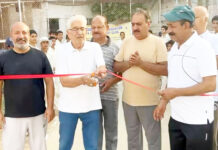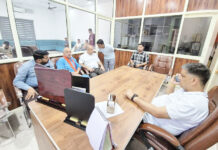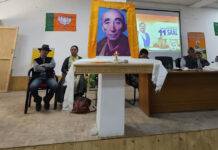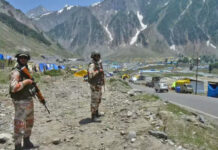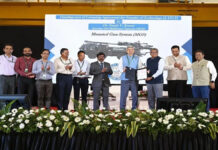SPECIAL CORRESPONDENT
JAMMU, June 26
In Jammu and Kashmir, despite efforts by the Health Department to ensure 100% safe deliveries and reduce maternal mortality rates, a worrying trend persists. Mothers are still forced to give birth in ambulances. Over the past four years, across twenty districts of the state, mothers have given birth to 869 babies (up to May 2024) in emergency 108 ambulances. This averages to over 200 such cases per year.
Most of these cases involved patients referred from local medical centers to district hospitals but had to deliver en route due to labor pains. Udhampur reported the highest number of such cases, with over 200 instances. Other districts like Doda, Jammu, Kathua, Kishtwar, Rajouri, Ramban, and Reasi also saw more than 50 ambulance births. Compared to Kashmir, the Jammu division had fewer births in ambulances.
Recently, a case was reported where a woman, referred from Udhampur district hospital to Jammu, had to deliver in a 108 ambulance at Nagrota, Jammu.
Pritam Singh, the woman’s husband from Ramban, alleged that they initially took the pregnant woman to Ramban medical center, which then referred her to Udhampur district hospital. However, without proper examination, doctors at Udhampur referred them to Jammu. The woman had to deliver in the ambulance due to severe labor pains upon reaching Nagrota. He criticized the practice of referring most delivery cases to Jammu, particularly after noon, causing inconvenience to patients and their families. He emphasized that the National Health Mission (NHM) aims for 100% safe deliveries and reduced maternal mortality rates, yet the frequent ambulance births raise questions about the healthcare system’s effectiveness.
He further questioned why an emergency medical technician, who isn’t a doctor, can safely deliver babies in a 108 ambulance, but district hospitals equipped with better facilities fail to do so. There are 203 operational 108 ambulances in the state, with 108 in the Jammu division and 95 in Kashmir. Each ambulance has a pilot driver and an emergency medical technician, and in severe cases, they coordinate with four on-call doctors to provide appropriate treatment.
Referral cases further strain urban hospitals already burdened with high patient loads. For instance, Jammu’s major maternity hospital, SMGS, handles 50 to 60 deliveries daily, including 5 to 10 referred cases. Due to bed shortages, multiple patients often share a single bed post-delivery. Although a 250-bed labor room block is under construction, relief will come only upon its completion. In May alone, the hospital’s labor room handled around 650 normal and over 620 cesarean deliveries.
Dr. Rakesh Magotra, Health Director of Jammu, stated that an investigation is underway regarding the recent ambulance birth case in Nagrota. Efforts are being made to prevent unnecessary referrals by strengthening district-level health services and improving the capacity and responsiveness of local hospitals, he added.
The ongoing situation underscores significant gaps in the healthcare system of Jammu and Kashmir, particularly in maternal health services. Despite the availability of 108 ambulance services and the efforts under the National Health Mission, the high incidence of births in ambulances highlights the need for more robust and accessible healthcare facilities at the district level.
The situation calls for urgent and concerted efforts to bridge the gaps in maternal healthcare and fulfill the promise of 100% safe deliveries, ultimately ensuring the well-being of both mothers and their newborns.

